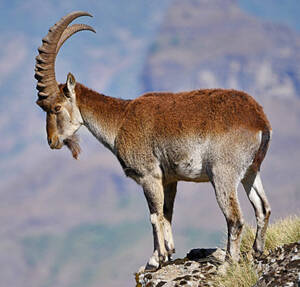
The Walia Ibex (Capra walie) has no subspecies. Walia Ibex are active or feeding only in the early morning and late evening. They usually become lethargic around midday and tend to hide under dense bushes, away from the strong midday sun and any nearby predators.Unlike most species of the genus Capr...
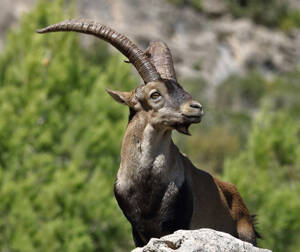
Spanish ibex (scientific name: Capra pyrenaica) is called Iberian Wild Goat, Iberian Ibex in English, Bouquetin Ibérique in French, Cabra Montesa, Cabra Montés in Spanish, Iberiensteinbock, Spanischer Steinbock in German, and Cabra-montês in Portuguese. There are 4 subspecies.Spanish ibexes exhib...
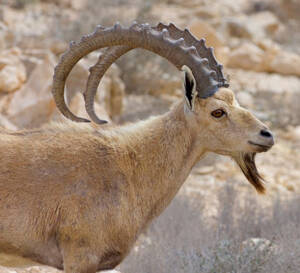
Nubian ibex (scientific name: Capra nubiana) English Nubian Ibex, Spanish Íbice Núbico, Arabic Wa'al, German Nubischer Steinbock, Syrischer Steinbock, no subspecies. Nubian ibex was first described as a subspecies of ibex by F. Cuvier in 1825. Synonyms of the species include Capra arabica, Cap...

Ibex (scientific name: Capra ibex) English Alpine ibex, French Bouquetin des Alpes, Spanish Íbice de los Alpes, German Alpensteinbock, Italian Stambecco alpino, no subspecies.Ibex are herbivores and feed on grass, moss, flowers, leaves and twigs. If leaves and twigs are beyond their reach, ibexes w...
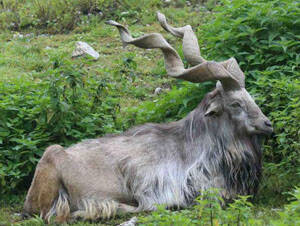
Markhor (scientific name: Capra falconeri) is called Markhor in English, Markhor and Schraubenziege in German, and has three subspecies.Markhor ewes live in groups of up to 9, while rams generally live alone. During the breeding season, rams fight to attract the attention of ewes. The rams will lock...

Goats (scientific name: Capra hircus) are one of the earliest domesticated livestock by humans.Modern goats are domesticated from wild goats. Archaeological excavations have shown that goats in Central and West Asia were domesticated as livestock as early as 5700 BC. Since goats belong to one of the...
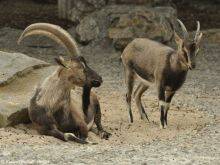
Wild goats (scientific name: Capra aegagrus) are also known as Wild Goat and Bezoar in foreign languages. There are 7 subspecies.In summer, wild goats stay high in the mountains and feed on grass and moss; in winter, they move to lower places to avoid the thick snow. They feed on herbs, shrubs and o...
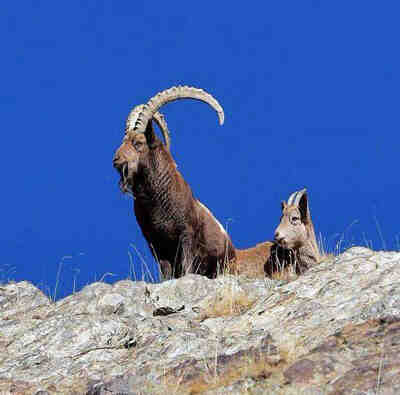
The Siberian Ibex, with four subspecies, is a typical wild goat.Siberian Ibex is active at dawn and dusk and likes to move in groups. They are very good at climbing and jumping. Their hooves are very solid, with flexible heel joints and pliers-like toes, which enable them to run freely among the ste...